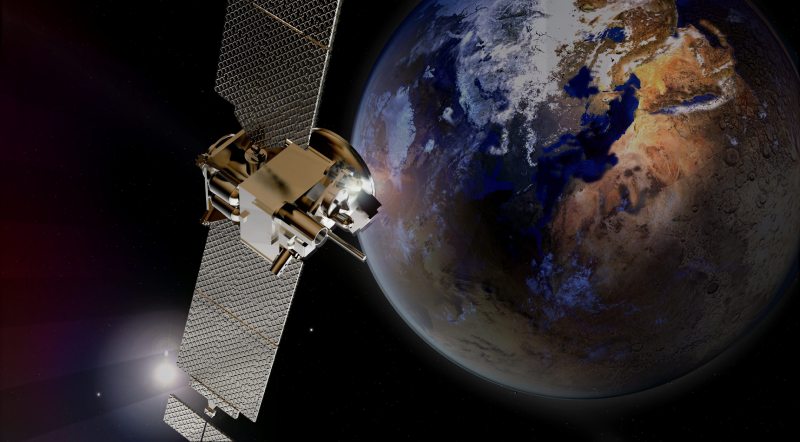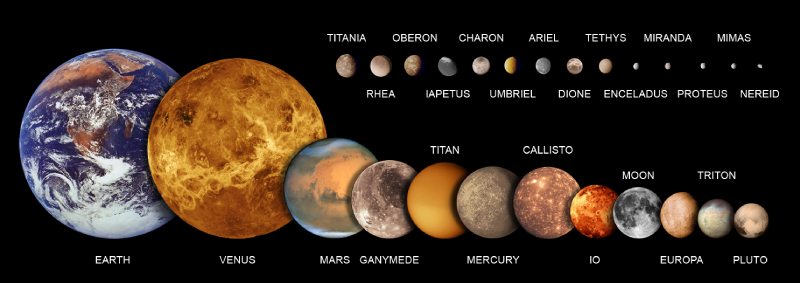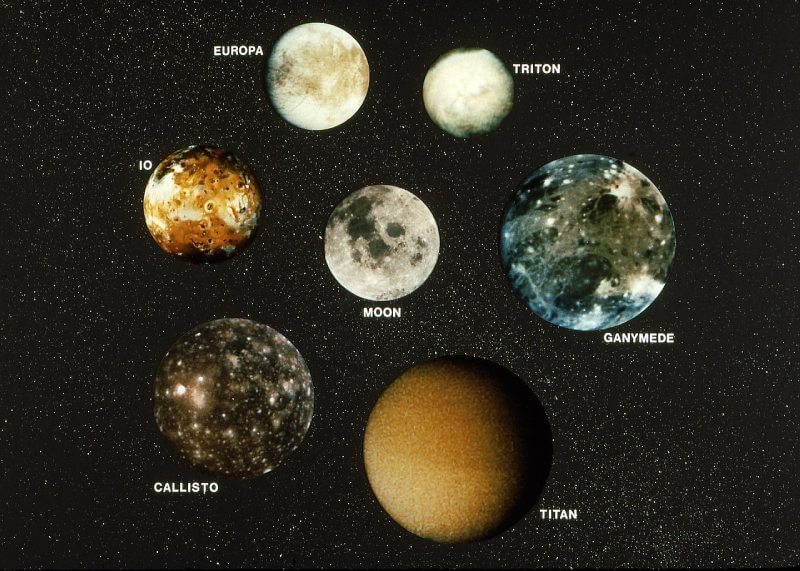The night sky is a canvas adorned with celestial wonders, captivating our imagination and filling us with awe. Among the stars and planets, we find moons gracefully orbiting their planetary counterparts. But why are these celestial companions called “satellites”? The answer lies in the rich tapestry of scientific discovery and the evolution of astronomical terminology. In the vast expanse of space, the term “satellite” refers to any object that orbits around a larger celestial body. Moons, as we commonly know them, are natural satellites that orbit planets. These moons are bound to their parent planets by gravitational forces, embarking on elliptical paths that bring them ever closer and farther away.
This intricate dance of celestial bodies has fascinated astronomers and scientists for centuries, prompting them to categorize these moons as satellites. As we delve deeper into the mysteries of the universe, we will explore the various types of satellites, both natural and artificial, and unravel the scientific explanations behind the connection between moons and satellites. Join us on this enlightening journey as we uncover the origins, significance, and scientific intricacies of why moons are called satellites.
What Is The Reason Behind Moons Being Called Satellites?
Moons are referred to as satellites due to their role as celestial objects that orbit around larger planetary bodies. These natural satellites are held in place by gravitational forces, much like the artificial satellites we deploy in space. By sharing the same designation as man-made satellites, moons are categorized based on their orbital characteristics and their connection to the planets they orbit. This classification aids astronomers and scientists in comprehending the complex dynamics and interactions between moons and their parent planets, enabling further exploration and understanding of the diverse celestial phenomena that exist in our vast universe.

What Defines a Moon and Its Association with Planets?
Moons, often referred to as natural satellites, are celestial bodies that orbit around planets. They are characterized by their gravitational relationship with the planet they orbit, as well as their size and composition. Moons are typically much smaller than their parent planets and are held in place by the gravitational pull between the two bodies.
The association between moons and planets is crucial in understanding the dynamics of planetary systems. Moons play a vital role in shaping the orbital patterns, tides, and even the potential for habitability on their parent planets. They can influence the planet’s rotation, stabilize its axial tilt, and interact with other moons in complex ways.
Studying moons provides valuable insights into the formation and evolution of planetary systems. By examining their composition, surface features, and geological activities, scientists can gain a better understanding of the history and processes that have shaped both the moons and the planets they orbit.
What Are the Different Types of Satellites?
Satellites come in various forms, encompassing both natural and artificial varieties. Natural satellites, also known as moons, are celestial bodies that orbit planets or other larger astronomical objects. They occur naturally in space and have been an intriguing subject of study for scientists. On the other hand, artificial satellites are human-made objects deliberately placed into orbit around the Earth or other celestial bodies for various purposes. These artificial satellites serve a wide range of functions, from communication and navigation to scientific research and weather monitoring.
Natural Satellites
Natural satellites, or moons, are celestial bodies that orbit planets or other massive objects. These moons occur naturally in space and are primarily characterized by their gravitational relationship with the object they orbit. Moons can vary significantly in size, composition, and orbital characteristics. They play a crucial role in the dynamics of their planetary systems, influencing factors such as tides, orbital patterns, and even potential habitability.

Artificial Satellites
Artificial satellites, in contrast to natural satellites, are human-made objects intentionally placed into orbit around the Earth or other celestial bodies. These satellites serve various purposes, such as communication, navigation, scientific research, and Earth observation. They are designed and launched by space agencies and private companies to meet specific needs and goals. Artificial satellites have revolutionized communication systems, enabled global positioning and navigation services, enhanced weather forecasting capabilities, and provided valuable data for scientific exploration and understanding of our planet.

How Did the Term “Satellite” Come to Be Used For Moons?
The term “satellite” was originally derived from the Latin word “satelles,” which referred to attendants or bodyguards of a powerful figure. Over time, its meaning expanded to include objects that orbit around a larger body. The usage of the term “satellite” to describe moons can be traced back to the scientific understanding of planetary systems and the relationship between planets and their accompanying celestial bodies.
In the context of moons, the term “satellite” gained prominence during the era of Galileo Galilei and his observations of the moons of Jupiter. In 1610, Galileo discovered four large moons orbiting around Jupiter, which he referred to as “Medicean planets” after his patron, the Medici family. However, the term “satellite” eventually became the widely accepted designation for these moons.
Today, the term “satellite” is commonly used to refer to both natural moons and artificial objects placed into orbit. It serves as a unifying term for any object that revolves around a larger celestial body. The historical progression of the term reflects humanity’s evolving understanding of planetary systems and the diverse objects within our universe.
Conclusion
In summary, moons are referred to as satellites due to their shared characteristic of orbiting around planets or other celestial bodies. The term “satellite” denotes an object that revolves around a larger object under the influence of gravitational forces. Moons, as natural satellites, exhibit this behavior as they orbit planets or dwarf planets in our solar system. This classification helps distinguish them from artificial satellites, which are human-made objects intentionally placed in orbit around the Earth or other celestial bodies for various purposes.
Understanding the reason behind moons being called satellites involves recognizing their inherent relationship with their parent bodies. Moons play essential roles in planetary systems, influencing tides, stabilizing orbits, and even potentially harboring conditions conducive to life. By studying moons and their interactions with planets, scientists gain valuable insights into the dynamics and evolution of celestial bodies, further expanding our understanding of the universe we inhabit.

